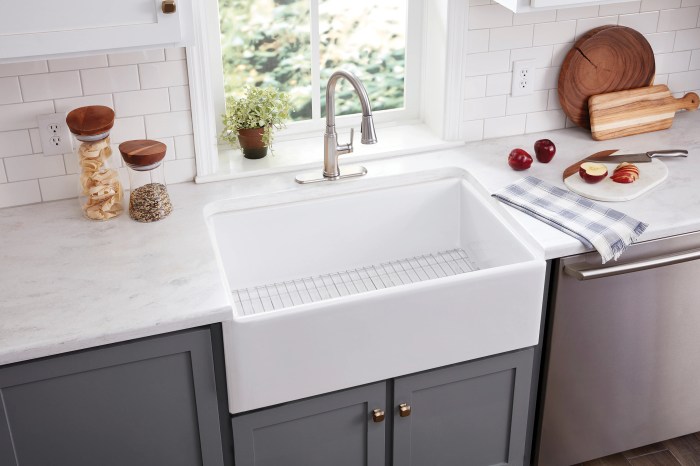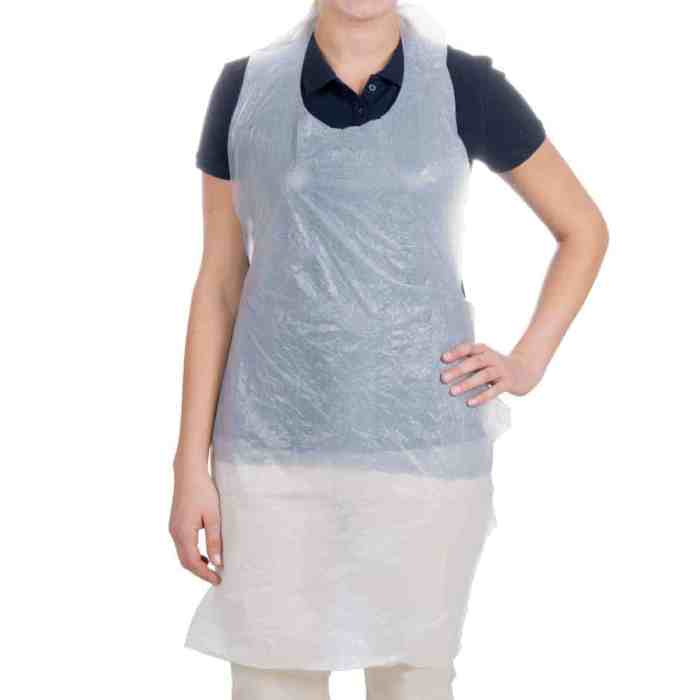Protective drape for an x ray crossword – Protective drapes play a crucial role in minimizing radiation exposure during X-ray procedures. These drapes, constructed from specialized materials, effectively shield patients and healthcare professionals from harmful radiation, ensuring their well-being.
The use of protective drapes has been extensively studied and proven to significantly reduce the risk of radiation-induced health hazards. By understanding the design, construction, and proper use of protective drapes, we can optimize their effectiveness and enhance patient safety in medical imaging.
Definition of Protective Drape
A protective drape is a specialized barrier designed to reduce radiation exposure during X-ray procedures. It is typically made of lead-equivalent materials and is placed between the patient and the X-ray source to minimize the amount of radiation that reaches the patient’s body.
Benefits of Using Protective Drapes: Protective Drape For An X Ray Crossword

Protective drapes provide numerous benefits in reducing radiation exposure during X-ray procedures. They can significantly lower the patient’s effective dose, which is the amount of radiation that the patient’s body absorbs.
- Reduced Risk of Cancer:Radiation exposure is a known risk factor for cancer. By reducing the patient’s exposure to radiation, protective drapes can help lower the risk of developing radiation-induced cancers.
- Protection of Sensitive Organs:Protective drapes are particularly effective in shielding sensitive organs, such as the reproductive organs and the thyroid gland, which are more vulnerable to radiation damage.
- Improved Patient Safety:The use of protective drapes has been shown to improve patient safety by reducing the incidence of radiation-related side effects, such as skin burns and radiation sickness.
Design and Construction of Protective Drapes

Protective drapes are typically designed as blankets or aprons made of lead-equivalent materials. The shape and size of the drape will vary depending on the intended application, such as shielding the abdomen, chest, or extremities.
The weight of the drape is an important consideration, as it can affect the drape’s comfort and ease of use. Drapes made with lighter materials, such as lead-free composites, are often preferred for use in pediatric patients and in procedures that require prolonged use.
Protective drapes can be constructed using a variety of materials, including:
- Lead:Lead is the traditional material used in protective drapes due to its high density and excellent radiation-shielding properties.
- Lead-Free Composites:Lead-free composites are a newer class of materials that offer comparable radiation shielding to lead but are lighter and more flexible.
- Tungsten:Tungsten is a heavy metal that is also effective in shielding radiation, but it is more expensive than lead and lead-free composites.
Proper Use and Maintenance of Protective Drapes

Proper use and maintenance of protective drapes are essential to ensure their effectiveness in reducing radiation exposure.
- Handling and Positioning:Protective drapes should be handled with care to avoid damage. They should be positioned correctly over the patient’s body to ensure maximum shielding.
- Securing the Drape:Protective drapes should be securely fastened to the patient’s body using straps or Velcro closures to prevent them from shifting during the X-ray procedure.
- Inspection and Cleaning:Protective drapes should be inspected regularly for damage or wear and tear. They should be cleaned according to the manufacturer’s instructions to remove any contaminants that could reduce their effectiveness.
- Storage and Disposal:Protective drapes should be stored in a designated area when not in use. They should be disposed of properly according to local regulations.
Regulatory Standards and Compliance

The use of protective drapes in X-ray procedures is governed by regulatory standards and guidelines to ensure patient safety and compliance.
In the United States, the Food and Drug Administration (FDA) regulates the manufacture and sale of protective drapes. The FDA requires that protective drapes meet specific performance standards, including minimum lead equivalence and shielding effectiveness.
International organizations, such as the International Atomic Energy Agency (IAEA), also provide guidelines for the use of protective drapes in X-ray procedures. These guidelines include recommendations for the design, construction, and use of protective drapes to ensure optimal radiation protection.
Non-compliance with regulatory standards can have serious consequences, including fines, penalties, and the loss of accreditation for medical facilities.
FAQ Guide
What are protective drapes made of?
Protective drapes are typically constructed from lead-impregnated materials, such as rubber or vinyl, which effectively absorb and scatter radiation.
How often should protective drapes be inspected?
Regular inspection of protective drapes is crucial to ensure their integrity and effectiveness. Drapes should be inspected daily for any tears, punctures, or other damage.
What are the consequences of using damaged protective drapes?
Using damaged protective drapes can compromise their radiation-shielding ability, potentially exposing patients and healthcare professionals to harmful radiation.